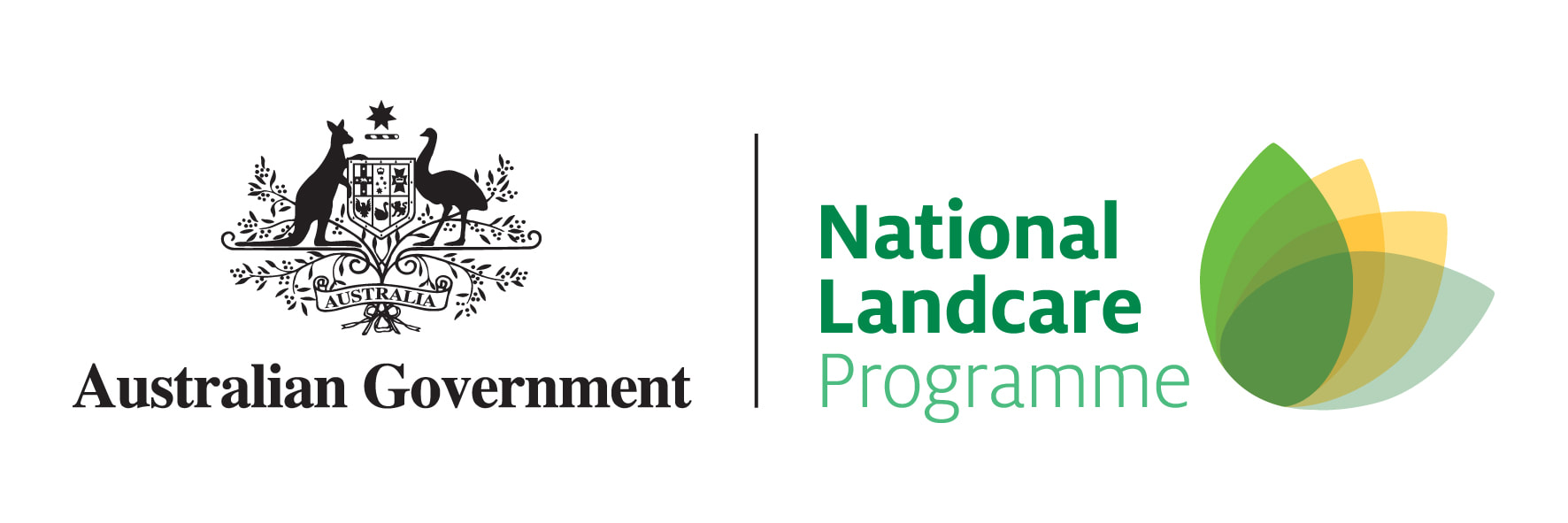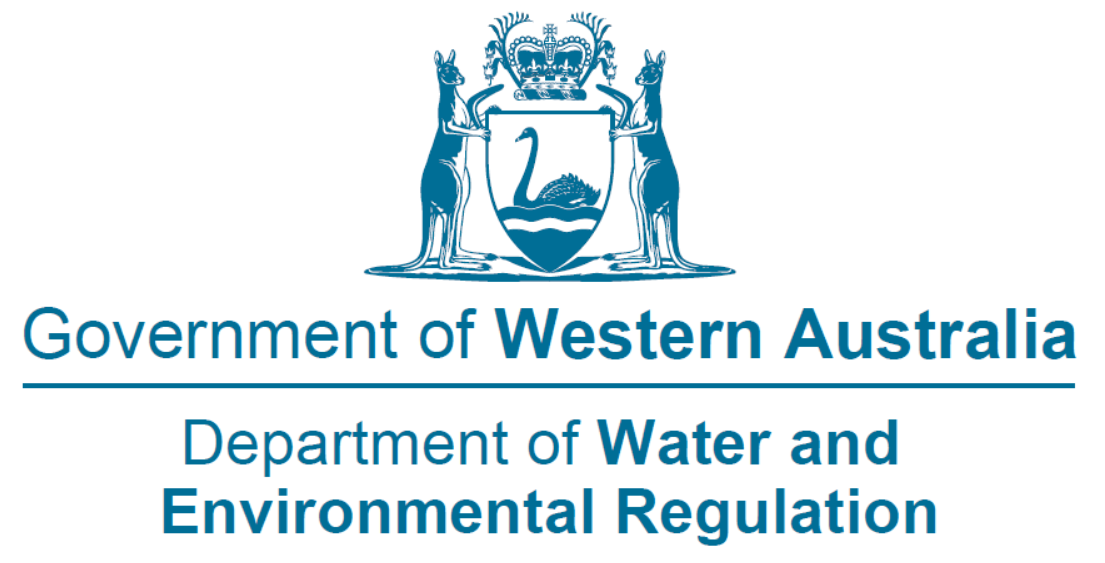Healthy Estuaries WA is a $25 million State Government commitment that coordinates and implements common actions across at-risk estuaries, building regional capability, promoting whole-of-industry engagement, and strengthening cooperative networks to share resources and knowledge. The program will include work to reduce nutrient inputs from priority catchments, use the latest science to monitor and effectively manage waterways, and continue to build collaboration between community, scientists, government and industry. See more: https://estuaries.dwer.wa.gov.au/
Launched in June 2020, Healthy Estuaries WA will focus on improving the health of Peel-Harvey estuary, Leschenault Estuary, Vasse-Geographe waterways, Hardy Inlet, Wilson Inlet, Torbay Inlet and Oyster Harbour. Supported by the State Government’s Royalties for Regions.
Launched in June 2020, Healthy Estuaries WA will focus on improving the health of Peel-Harvey estuary, Leschenault Estuary, Vasse-Geographe waterways, Hardy Inlet, Wilson Inlet, Torbay Inlet and Oyster Harbour. Supported by the State Government’s Royalties for Regions.
Why Estuaries?
- More than 80 percent of the Western Australian population lives around our estuaries, making them one of our most valuable environmental, economic, and recreational assets.
- While there are 166 estuaries in Western Australia, it is the estuaries in the south-west of the State that are the most heavily impacted by housing, agriculture, industry and recreation.
Healthy Estuaries WA coordinates and implements common actions across at-risk estuaries, building regional capability, promoting whole-of-industry engagement, and strengthening cooperative networks to share resources and knowledge. The program will include work to reduce nutrient inputs from priority catchments, use the latest science to monitor and effectively manage waterways, and continue to build collaboration between the community, scientists, government, and industry. The Department of Water and Environmental Regulation and our partners have over 25 years of experience and scientific understanding of estuary science and conditions. This knowledge has been used to shape the practical solutions and management tools that makeup Healthy Estuaries WA.
Sustainable Agriculture
Reduces nutrient run-off from agricultural activities. Soil testing will help farmers establish effective fertiliser application to save money, improve soils and reduce nutrient run-off. Industry partnerships will encourage best practice dairy effluent management.
- Whole Farm Nutrient Mapping
- Encouraging use of fertcare accredited agronomist
- Accuspread calibration
|
|
Vertical Divider
|
Water in the Landscape
Improves the way water moves through the catchment to improve water quality. Streams will be revegetated and fenced to deter stock. Drainage upgrades, water sensitive urban design and prioritised infill sewerage will reduce nutrients entering estuaries.
Builds on the work of the Regional Estuaries Initiative.
|
|
Vertical Divider
|
We acknowledge the Minang and Koreng people as the traditional custodians of the land on which we work and live. We pay our respects to the Elders, past, present, and emerging and to the wider Noongar community.
Sponsors and Supporters











